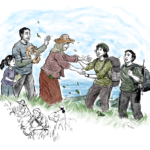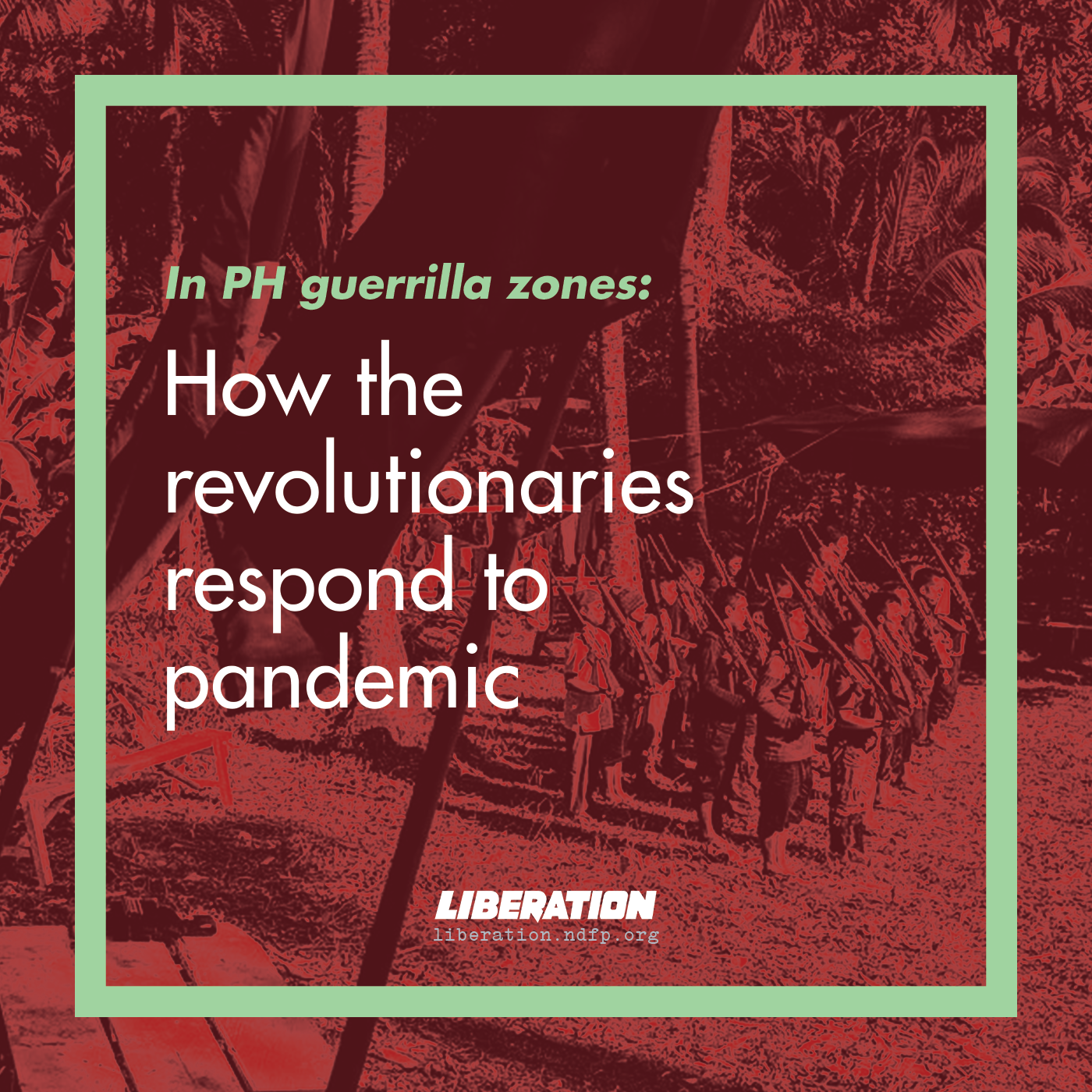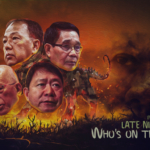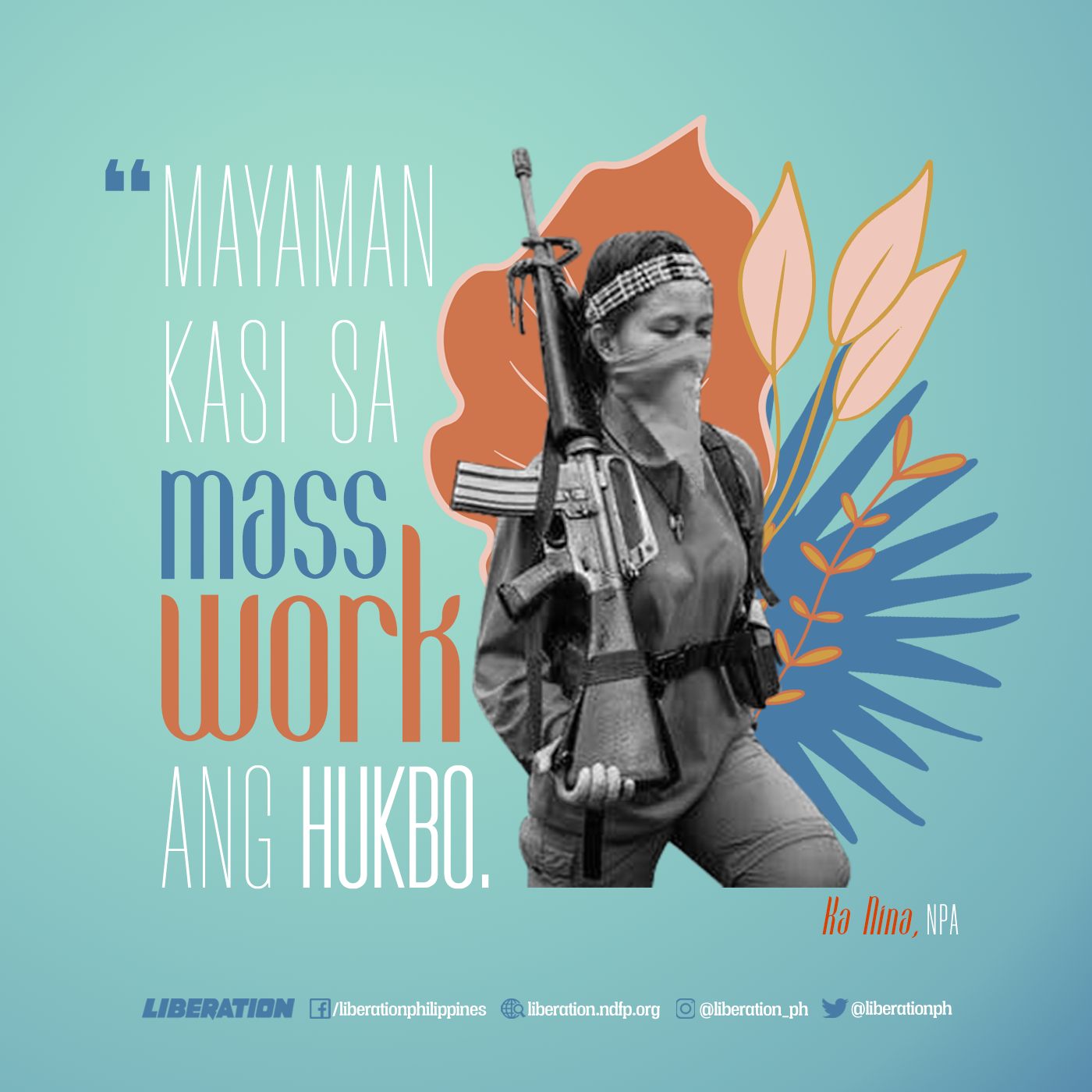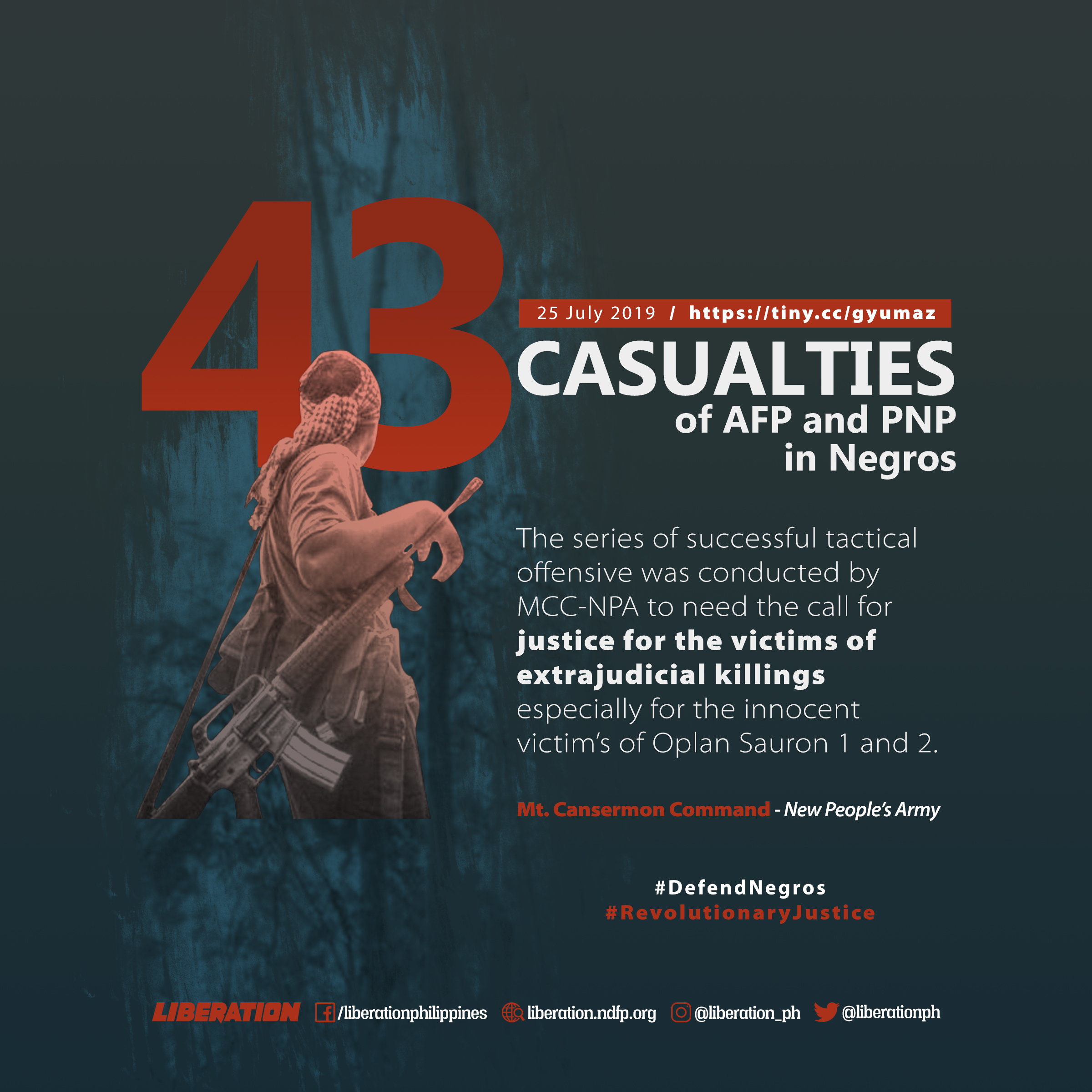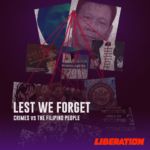Cherish the People’s Army, Revolutionary Martyrs
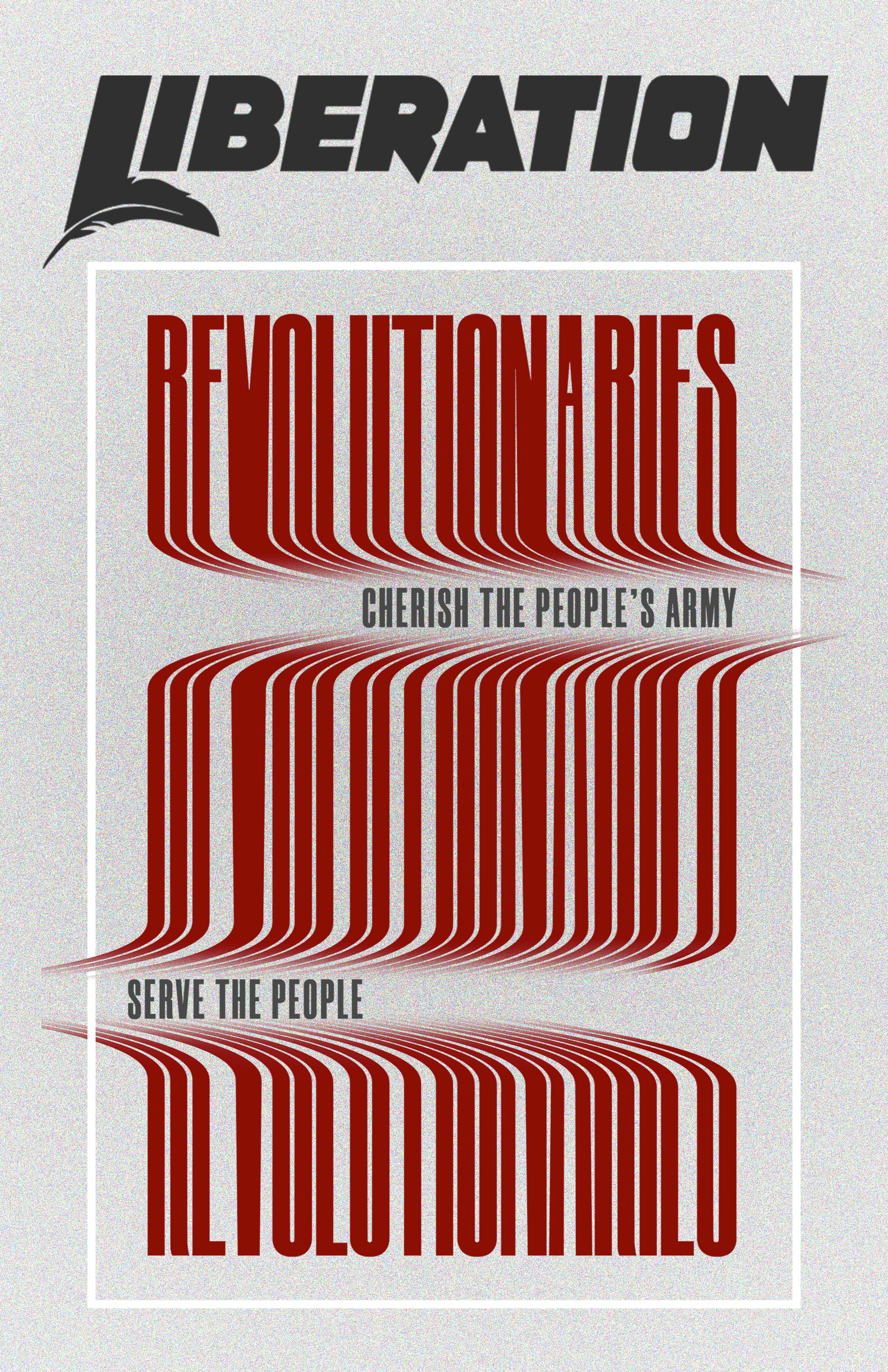
Here is a gathering of some unforgettable names. They are among our cherished crop of revolutionaries. They are our beloved comrades who marched before us. They bequeathed us an abundance of examples, lessons, and stories in waging armed struggle to advance the national democratic revolution with socialist perspective.
We are proud and humbled to present this compilation. Proud because we gathered tributes to some of our most remembered Red fighters; humbled because this compilation gives a mere sketch of their revolutionary contributions.They represent far more stories to share and, also, with them should have been more revolutionaries to honor but they are not yet included here. REVOLUTIONARIES-Download Print-ready copy

